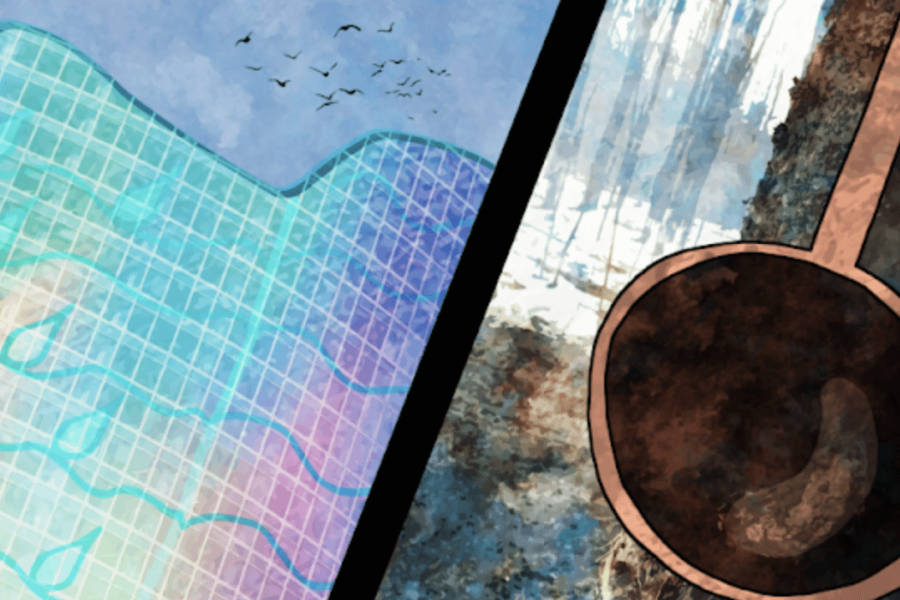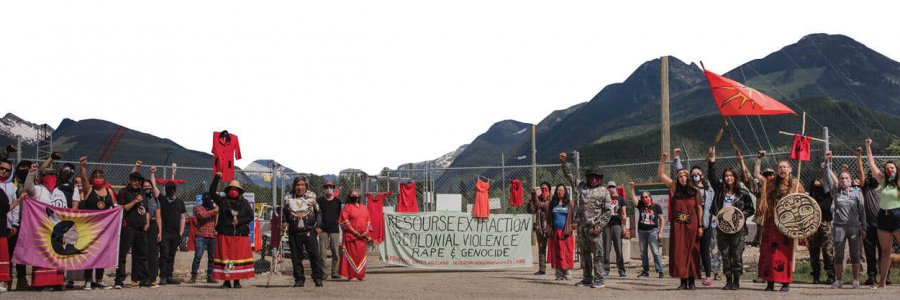PART THREE
How to Get that Cash Back
Redress, Compensation,
and Restitution
What could reparations addressing the colonial fiscal relationship between Canada and First Nations look like?
Under the weight of the fiscal relationship, so much still floats. Indigenous economies have swum upstream against the tides of settler colonial capitalism.
Where livelihoods have been damaged or destroyed, in every community there are people who continue to do the hard work of restoration — from language camps to medicine walks, from run-of-the-river to solar grids, from hemp farms to seal hunting. Indigenous economies everywhere enact the promise of new life.
This section outlines three principles of Cash Back, developed through a lens of Indigenous economic restoration:
- Redress for suppression of Indigenous institutions that affirm Indigenous values and culture.
- Compensation for land theft based on principles of Indigenous law and mechanisms of justice.
- Restitution of Indigenous economies that challenge the exploitation of global capitalism.
Ten proposals of Cash Back are outlined here; these forms of reparations capture and build on ideas and work that many Indigenous communities have already been advocating for. Please download the report to read the full descriptions of each of these 10 proposals.
REDRESS
REDRESS
01
Indigenous Accounting & Accountability
BY DR. MATTHEW SCOBIE, NGĀI TAHU
How can we reimagine accounting as a practice of measuring, monitoring and assigning value in a way that is grounded within the enduring practices and values of Indigneous communities?
In this part of the report, Matthew Scobie offers the example of how his nation, Ngāi Tahu, is doing this work.
02
Urban Indigenous Economies of Care
Local Indigenous movements across the country are grounding their care in economies of redress: not only redistributing resources but strengthening Indigenous social, cultural, and spiritual institutions and capacity as they do.
We centre two of these projects: Toronto Indigenous Harm Reduction and Pekiwewin Camp.
COMPENSATION
COMPENSATION
03
Treaty-based Funding
Three options include:
- Direct funding transfers from the Treasury Board of Canada
- Litigation for treaty annuities
- Expanding on the existing Treaty Lands Entitlement urban land purchase policy
04
Human Rights as a Basis to Dismantle Canada's Colonial Fiscal Policy
BY NAIOMI METALLIC
LISTUGUJ MI'GMAQ FIRST NATION
One area where we are starting to see important changes is in the use of domestic human rights frameworks used to dismantle Canada’s discriminatory and dysfunctional colonial fiscal policy due to champions like Cindy Blackstock.
Canada has also recently committed itself to needs-based funding in two separate pieces of legislation however, practices on the ground do not appear to be reflective of this change in law. Indigenous groups can seize on these changes in law to drive broadscale reform.
05
Print the Money
The top 0.5 percent of Canadian families hold over 20 percent of the wealth in Canada — $1.25 trillion.
If a 1 percent annual wealth tax was imposed on fortunes over $20 million, Canada could raise $70 billion over the next 10 years. This money could cover all the infrastructure deficits on reserves, including water, housing, and community infrastructure ($30 billion), as well language programs ($126.6 million per annum), and education funding ($3 billion annual shortfalls).
06
Indigenomics
Indigenomics is “about increasing the role and visibility of Indigenous peoples in the new economy.”
It holds a range of perspectives on Indigenous economies and how to bridge the gap between settler and Indigenous economies in ways that nurture Indigenous values and ethics. Two examples are profiled in the report.
Restitution
RESTITUTION
07
No More Crown Lands
The most direct form of restitution would address the history and patterns of Canadian colonialism discussed in Parts 1 and 2 of this report.
It would address the foundation of Canada’s economy in theft, violence, and ongoing fiscal warfare, among other kinds. Instead, as one legal scholar has written, there has been “no constitutional reconfiguration of legislative powers to provide for Indigenous law-making in governance.”
08
The Leverage of Indigenous Lands as Risk
Indigenous people occupying land and asserting their inherent rights is a risk for investors and creates economic uncertainty.
The greater the assertions of inherent rights and proprietary interests Indigenous peoples make, the greater the risk this will create for corporations and for governments alike seeking to develop and exploit Indigenous lands and waters. They will try to mitigate Indigenous land defence through criminalization and by internalizing this disruption through insurance and accounting.
09
Energy, Economics & Climate Change: Kakinaw Ayawin
BY MIHSKAKWAN JAMES HARPER
STURGEON LAKE CREE NATION, TREATY 8
With empowering ownership and financing models, remote or grid-connected, community-owned clean energy projects have the potential to give much-needed economic stimulus, provide meaningful long-term economic returns, and bring cost savings to the community.
10
Youth Perspectives on Abolition
BY KAKEKA THUNDERSKY
WINNIPEG, YOUTH ORGANIZER
The work of youth-led anti violence organizing is reclaiming, asserting, and maintaining our space and belonging in our community.
It’s ensuring we can show up, survive, and thrive in our space without the threat of violence to ensure our survival. Throughout the history of Canada, the RCMP were empowered to steal Indigenous children and incriminate — and even kill — Indigenous people for defending their livelihoods and families. This isn’t a stagnant fact of the past. It’s an ongoing and present role the RCMP play today. Policing in our communities is violent and detrimental to our safety. Fighting for sovereignty in the city, free of police and the violence that comes with them, is an act of love, for community, ourselves, and all our relations.
"...the more we live as Indigenous People, the more that we have, the more freedom that we have, the more we can envision the hope and the realization of our liberation as Indigenous People. And that is what is such a threat to the state, that is what is such a threat to the economy."
- Molly Wickham (Sleydo’): Cas-Yikh (Grizzly) house, Gidimt’en Clan of the Wet’suwet’en Nation, The Ransom Economy webinar

SPECIAL FEATURES
COMIC
Thriving Economies
Story & Illustration by Elizabeth LaPenseé
Here, Elizabeth LaPenseé shares a graphic interpretation of Part Three of Cash Back.
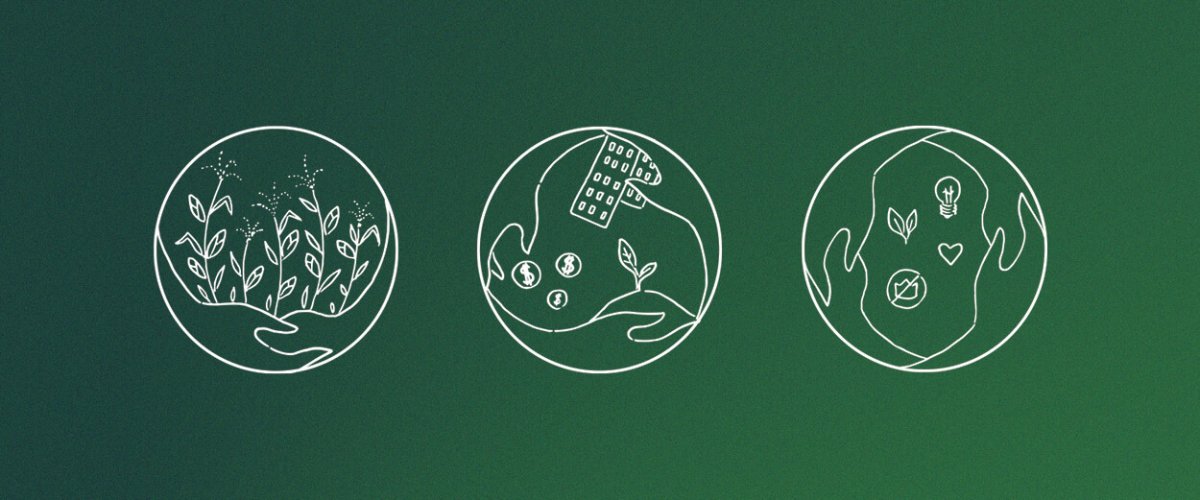
FACTSHEET
10 Ways to get Cash Back
BY SHIRI PASTERNAK
These 10 ideas and approaches from across the spectrum of Cash Back are like little seeds to be planted within the Land Back movement: they can sprout economies that will flourish when jurisdiction is exercised by and returns to Indigenous people.
WEBINAR VIDEO
The Ransom Economy
featuring kanahus manuel, molly wickham, skyler williams and Suzanne Patles with Anne Spice; produced by Yellowhead Institute and The Leap (photo by billie jean gabriel)
Host Naomi Klein moderates a panel discussion with Indigenous land protectors on economic analysis and strategies behind the blockades. This webinar goes beyond the media headlines into a discussion about international Indigenous human rights, injunctions, criminalization of land defenders, and the uncertainties of Canadian claims to land and sovereignty.
